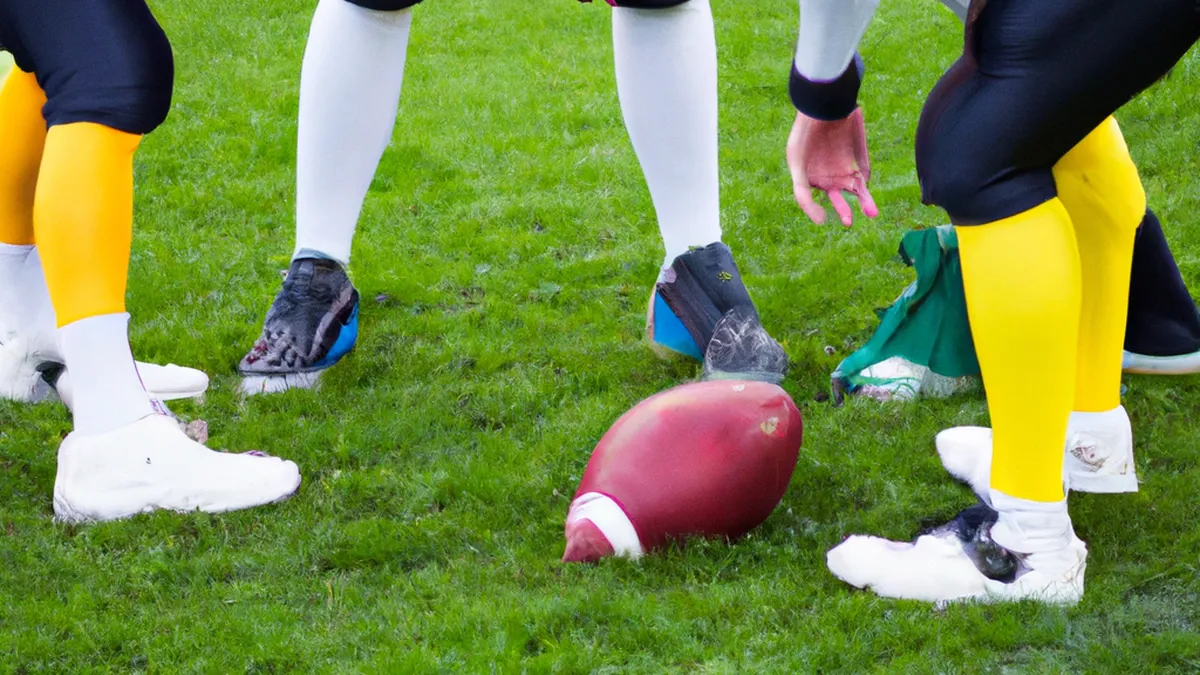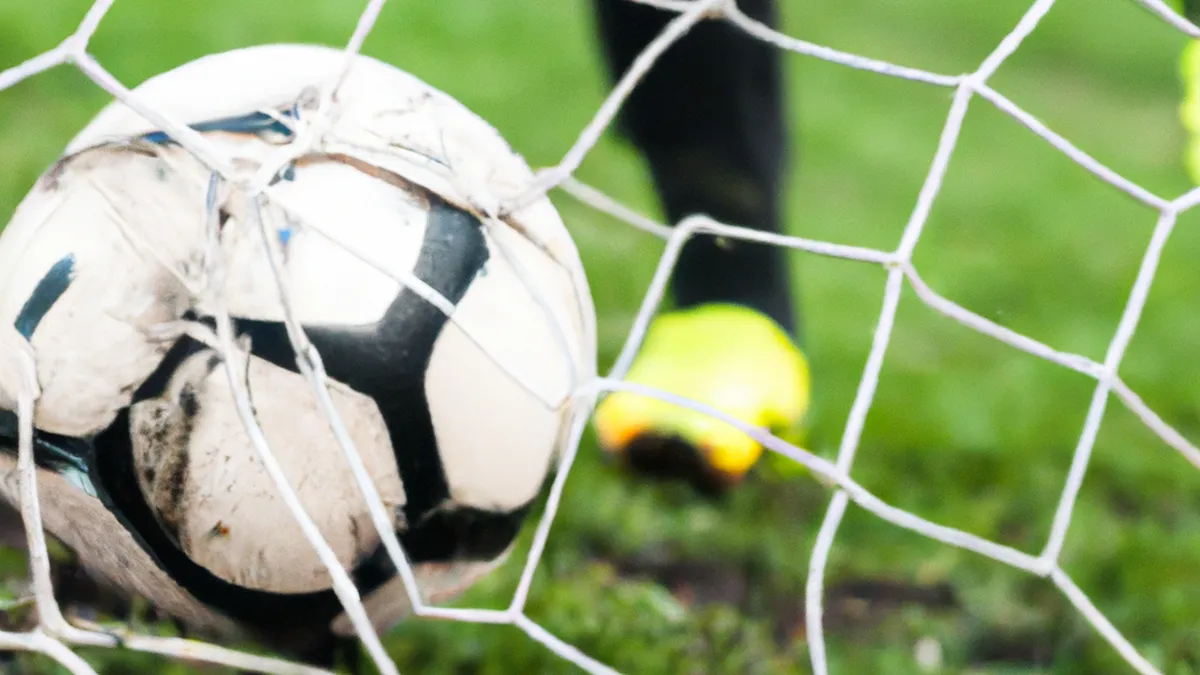Masters of Recovery: Using HRV Effectively
Evaluating Readiness Post-Injury Using HRVInjury significantly hinders athletes and active individuals. It creates physical, emotional, and mental challenges during recovery. Recovery involves assessing readiness to return to activity. Heart Rate Variability (HRV) serves as a valuable evaluation tool. HRV offers insights into recovery and overall well-being. This blog explores effective HRV usage for assessing recovery and readiness post-injury, along with practical monitoring tips.
Understanding Heart Rate Variability
HRV measures heartbeat time variation, reflecting the body’s autonomic nervous system (ANS) function. The ANS includes the sympathetic nervous system and the parasympathetic nervous system. A higher HRV indicates a well-functioning ANS, showing the body efficiently switches states. Conversely, a lower HRV signals stress, fatigue, or impaired recovery.Monitoring HRV after an injury reveals how well your body adapts during recovery. Factors like sleep quality, nutrition, hydration, physical activity, and stress levels influence HRV. Thus, HRV serves as a comprehensive well-being indicator, essential for athletes and fitness enthusiasts.
Tips for Monitoring HRV Post-Injury
As an Amazon Associate I earn from qualifying purchases.
Gear tip: consider sleep mask, white noise machine, and electrolyte mix to support this topic.
1. **Choose the Right Time for Measurement** Measure HRV at the same time daily, preferably first thing in the morning. This timing captures a baseline when your body rests.2. **Be Consistent** Consistency is crucial for monitoring HRV. Use the same device and measurement protocol each day. This practice establishes reliable data patterns.3. **Track Additional Variables** Monitor factors influencing recovery, such as sleep quality, nutrition, hydration, and stress levels. Use a journal or apps to contextualize your HRV data.4. **Use Quality Devices** Invest in a reliable HRV monitor that provides accurate readings. Popular options include chest straps, wrist monitors, and smartphone apps. Read reviews to ensure device accuracy.5. **Set Realistic Expectations** Recovery is not linear. Expect HRV fluctuations; some days may show increases, while others may show decreases. Setting realistic expectations will keep you motivated.
Conclusion
In summary, HRV effectively gauges recovery and readiness post-injury. Monitoring HRV provides valuable insights for athletes. Follow these tips for accurate assessments and successful recovery journeys.
Below are related products based on this post:
FAQ
What is Heart Rate Variability (HRV)?
Heart Rate Variability measures the variation in time between heartbeats, reflecting the function of the autonomic nervous system. A higher HRV indicates better recovery and overall well-being, while a lower HRV suggests stress or impaired recovery.
Why is monitoring HRV important after an injury?
Monitoring HRV post-injury is crucial as it reveals how well the body adapts during the recovery process. Factors like sleep quality, nutrition, and stress levels can influence HRV, making it a comprehensive indicator of an athlete’s readiness to return to activity.
What tips can improve HRV monitoring accuracy?
To improve HRV monitoring accuracy, measure it at the same time daily, preferably in the morning. Consistency in using the same device and tracking additional recovery-related variables can also enhance the reliability of your HRV data.















Post Comment